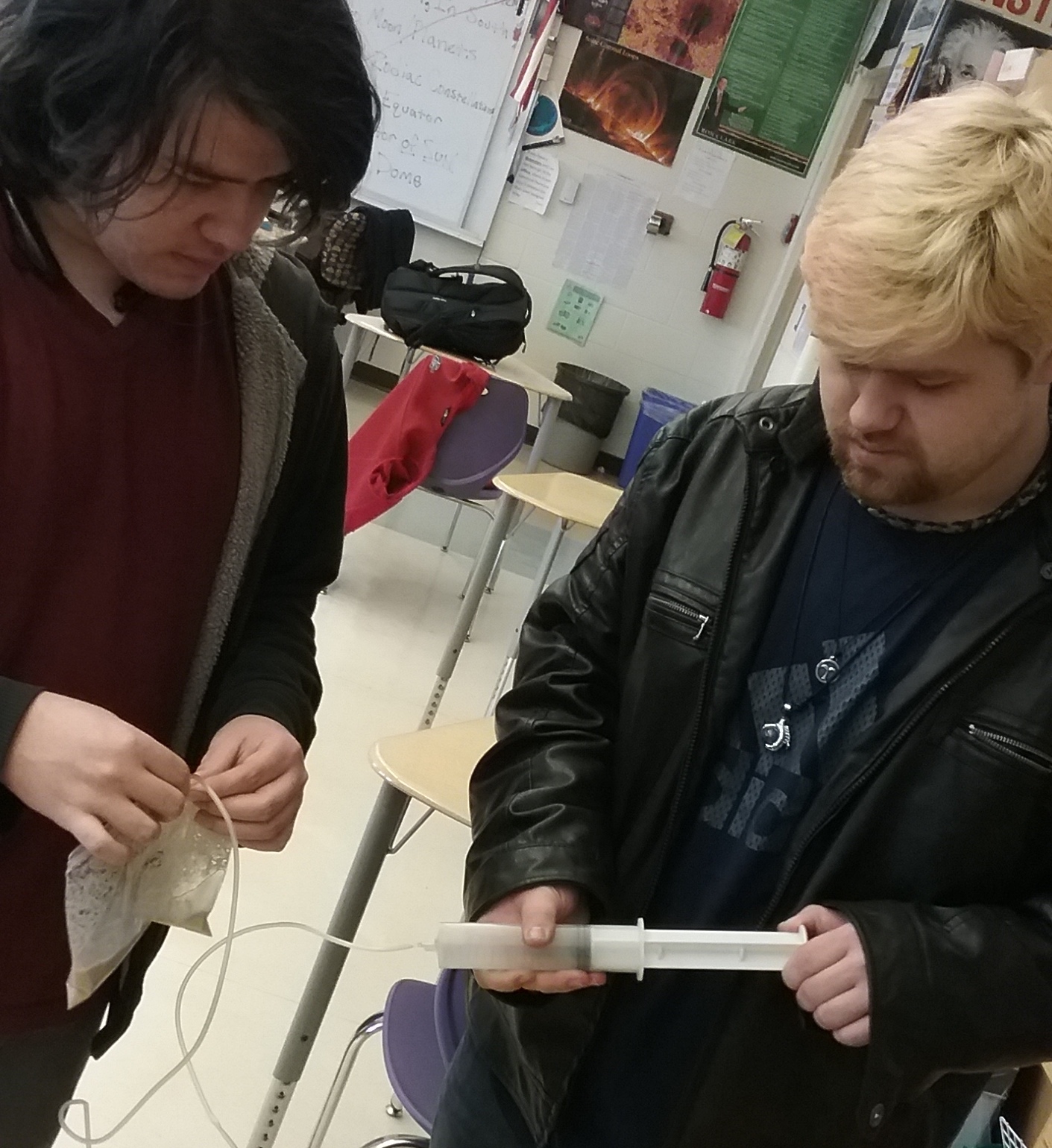Scott Oldfield teaches science at Butler High School. He was part of the Findlay summer Feed the World workshop sponsored by Ohio Corn & Wheat which provided supplies and lessons to connect classroom science with modern agriculture. Oldfield explains how he has used these resources:
The implementation of my agriculture unit was much more successful this year thanks to the training and materials from Ohio Corn & Wheat. My students are in a suburban district, and although many drive past farms on a daily basis, they have no direct contact or knowledge as to the challenges farmers face and the benefits they provide.
First we worked together in a circle to gain some perspective on the thin profit margin many local farmers face with our calculators and the Corn Field Math lesson. This activity was a great starting point because it not only examined the economics but also some of biology and the practical limits that places on quantity and price. It was during this activity that kernels per ear, quantity of a bushel, and dent vs. sweet corn were introduced, all concepts new to my students.

We then explored the farm to fuel pipeline by trying our hand at fermentation. Ethanol production and the difference between it and gasoline were examined from not only chemical but also practical standpoint. The combination of several prepared sugars and raw cornmeal with the yeast and enzymes gave the students a good perspective on the power of corn and this natural byproduct. Seeing the bag as the CO2 and alcohol were produced in real time provided a measure of excitement to the students’ lab. It was quite the contest when we started measuring and plotting the results to compare which sugar and enzyme combinations produced the best results. Then, to confirm the reaction with the breathalyzer gave the students a real sense of satisfaction. Not only could they correctly produce and analyze their efforts but this was a tangible connection to a real-world process.

Finally, after much more advanced science and analysis thanks to our kits, it was time to conclude with the Farming for the Future global farming simulation. The students has thus far gained a regional, economic and scientific insight into the importance of today’s American Farmer, but the game really helped to expand their worldview of the global difficulties of agriculture and just how technologically advanced our corn, wheat, and soy producers are.